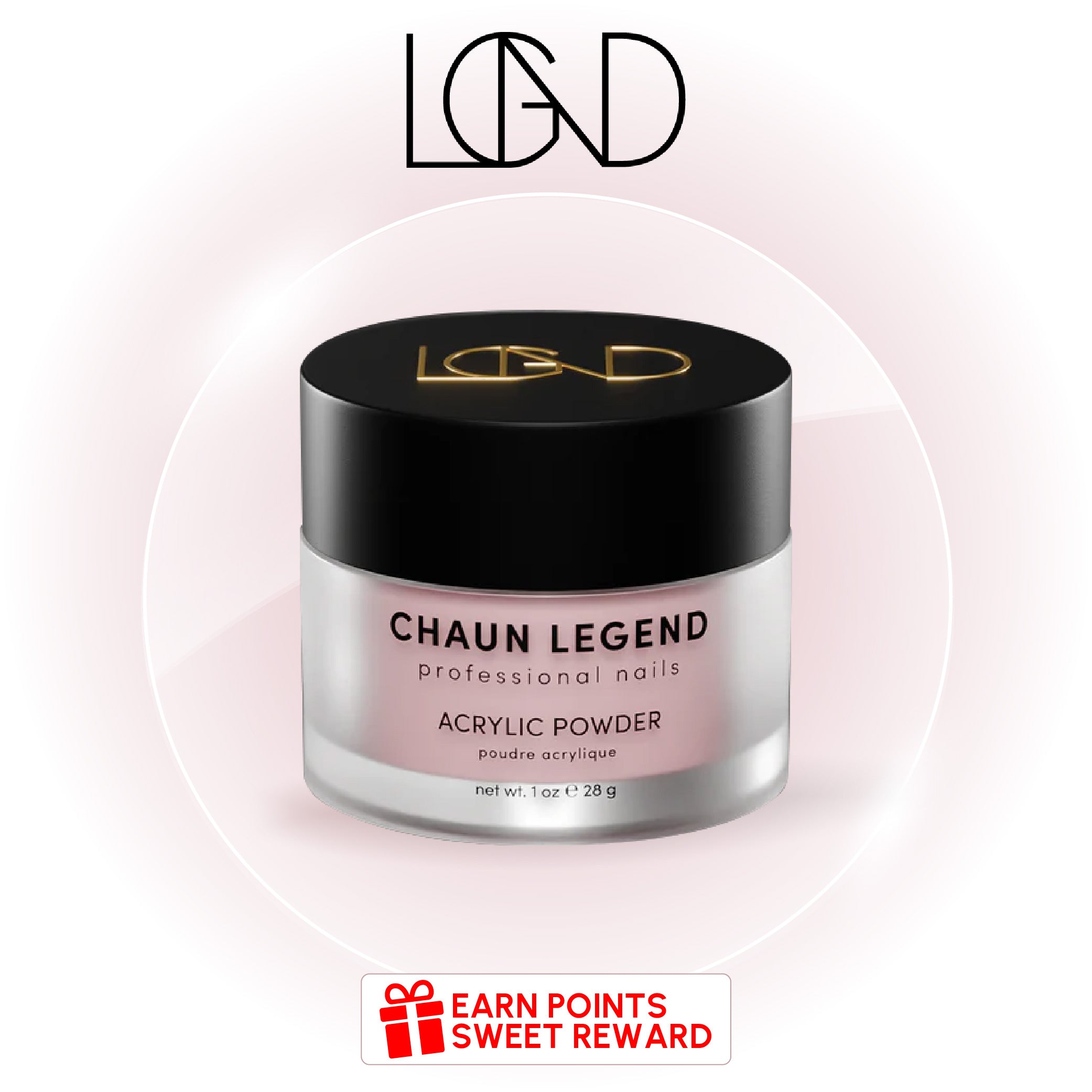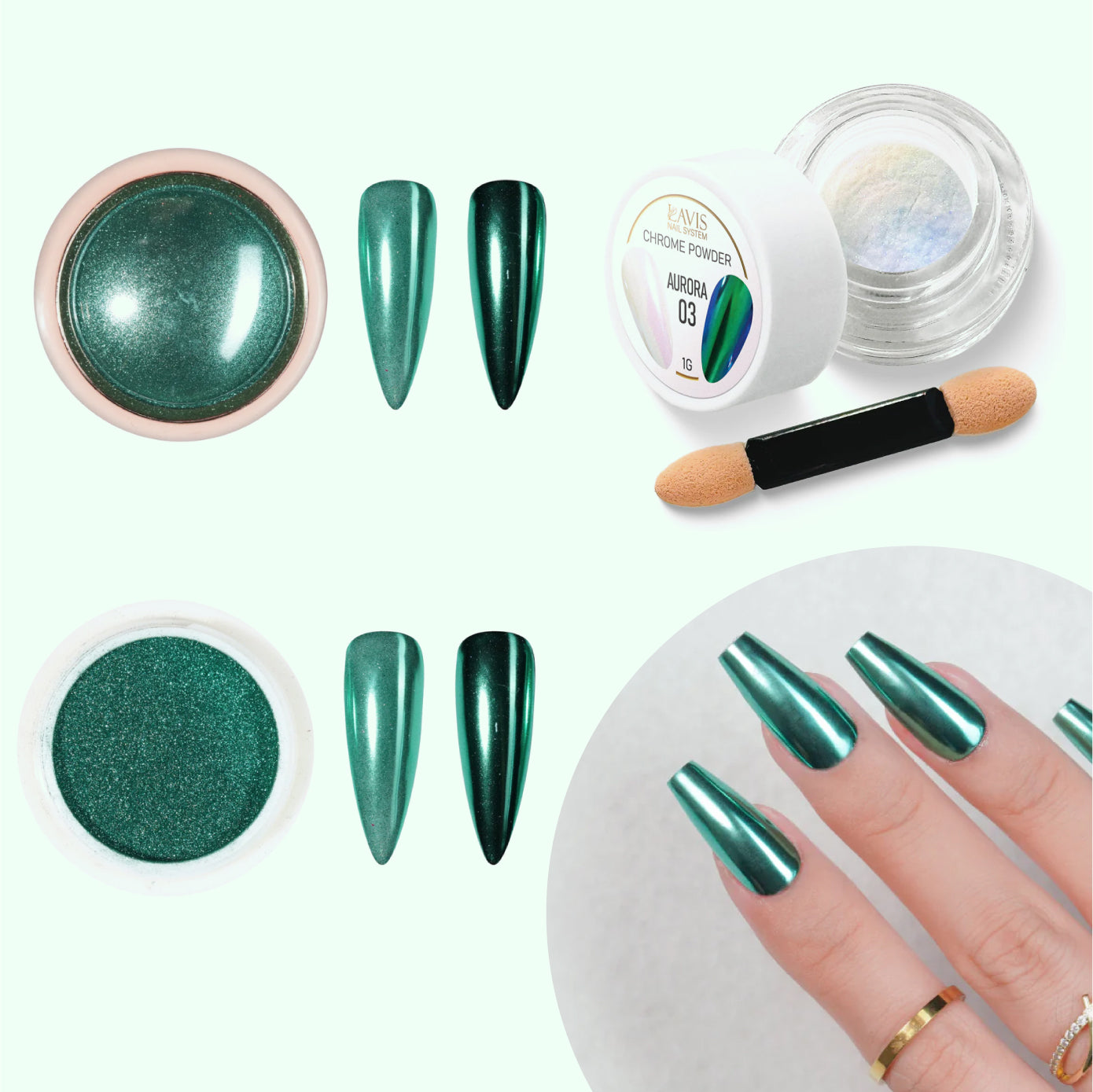One day you notice that your fingernails aren’t shiny and strong anymore. Now you’re wondering what causes brittle nails with ridges. Let’s see if we can help you uncover the problem.
What Causes Brittle Nails?

The most common reason why nails become brittle is that they’re dehydrated. Here are some of the things that cause dry, brittle nails:
- Cleaning or washing with your bare hands more than usual. Household cleaners and detergents suck the natural oil right out of the skin and nails.
- Nail polish remover and rubbing alcohol will dry out the nails, and so will nail dehydrator used for certain types of manicures.
- Moreover, if the nails are constantly exposed to water, that can make them brittle, too. But instead of being flaky and hard, they will feel soft and crumbly.
- Even biting your nails can make them brittle. That’s because saliva dissolves the keratin and weakens the nails.
- A fungal infection can also weaken and thicken nails, but often causes discoloration which makes it easier to identify.
But there’s another natural cause of brittle nails. It’s aging. Fingernails get more dull and brittle while toenails get thicker. However, your nails can also indicate health problems. It’s smart to pay attention to brittle nails with ridges and see if there’s an underlying condition.
What Causes Ridged Nails?
As we mentioned, just growing older can make your nails brittle and dull. You may also develop vertical lines in them. That’s all pretty normal, if annoying. Still, brittle nails with ridges can indicate a deficiency in your diet and other health issues.
Underlying Health Conditions and Vitamin Deficiencies
Being anemic (having an iron deficiency) can cause vertical ridges in brittle nails, or give them a spoon-shaped dent.
If you have thyroid problems, it can also affect the appearance of your nails, making them thicker and deformed. Both of these health issues often include fatigue and other symptoms. Therefore, if you’re feeling unwell lately and your nails are ridged and/or brittle, please talk to your doctor.
Eczema and Psoriasis
Psoriasis and eczema are skin conditions that may also affect your nails, causing them to become brittle and ridged.
Chronic Circulation Problems
If you have Raynaud’s syndrome, the lack of proper blood flow can lead to brittle nails with ridges. If you’re not sure if you have this issue, there’s a dead giveaway. Your hands will develop white and purple patches when exposed to cold temperatures.
Acute Illness
If you’ve been acutely ill in the past few weeks with measles, pneumonia, COVID-19, or another infection where you had a fever, your nails may develop horizontal grooves called Beau’s lines. These are temporary ridges that will grow out in about 6 months. If they come back or continue to appear, please check with your doctor.
Beau’s Lines
Horizontal ridges or dents can also come from chemotherapy, peripheral vascular disease, zinc deficiency, or physical damage to the nails. The damage may come from an injury or an improperly done manicure with acrylics or gels.
Should I Be Worried about Ridges on My Nails?
It’s a good idea to show your nails to your doctor if you’re concerned about them. This is especially true if you’ve noticed that the surface has become spoon-shaped or dented and pitted. If your nails take on a clubbed shape, become discolored, or develop swelling and redness around them, those are other urgent reasons to consult with a healthcare provider.
How Long Does It Take for the Ridges to Go Away?
If you’ve had treatment for an underlying condition like a deficiency or health issue, the nails may start to improve on their own after a few weeks. Remember that it takes fingernails about six months to grow out and about a year for a toenail.
How to Treat Brittle Nails with Ridges at Home?
The best thing you can do for brittle nails is to keep them moisturized. This applies to both hands and feet. (But if you are diabetic or have neuropathy, get care instructions from your doctor first.)
Here are tips to make brittle nails with ridges stronger and healthier:
- Apply hand cream and cuticle oil morning and night at least, and throughout the day after washing if possible. Drink more water if possible.
- Wear gloves if your hands will be in water or if you’ll be using cleaners.
- Don’t chew on your nails.
- Check with your doctor about vitamin supplements. Biotin may accelerate nail growth and make them stronger and shinier.
- Keep the nails trimmed. Sanitize your manicure tools to prevent fungal infections.
- If you buff the nails to remove the ridges, don't overdo it. Instead, use a nail strengthener for a few weeks. It's a type of polish that will make the nails look smoother without buffing.
- Take a break from artificial nails. Apply nail hardener instead.
- Switch to non-toxic nail polish.
You may hear the recommendation to give your nails a break from all sorts of nail treatments. That’s not bad advice. It’s just not realistic for everyone. Some of us are embarrassed by how our nails look au natural.
The solution is to use gentle nail polish with as few harsh ingredients as possible. We'd like to recommend LDS nail lacquer. Here's why:
LDS Nail Lacquer

Don’t be shy. Dress up your nails for any occasion. This polish is highly pigmented and smooth-flowing. Plus, it lasts up to a week without chipping.
There are hundreds of gorgeous shades to choose from, and all of them are 9-free. These nail lacquers do not contain harmful ingredients like petrochemical solvents or toluene that dehydrate natural nails. What's more, they don't have carcinogens or hormone disruptors like phthalates or formaldehyde. There's no camphor that could cause allergic reactions. The formula is free of polyurethane, DBP, ketones, and BHA, too.
Conclusion
It’s smart to pay attention to your nails because they can tell you a lot about your health. If you’ve noticed that they are brittle and ridged, show them to your doctor. Also, keep your skin hydrated and avoid harming your nails to help them recover.













